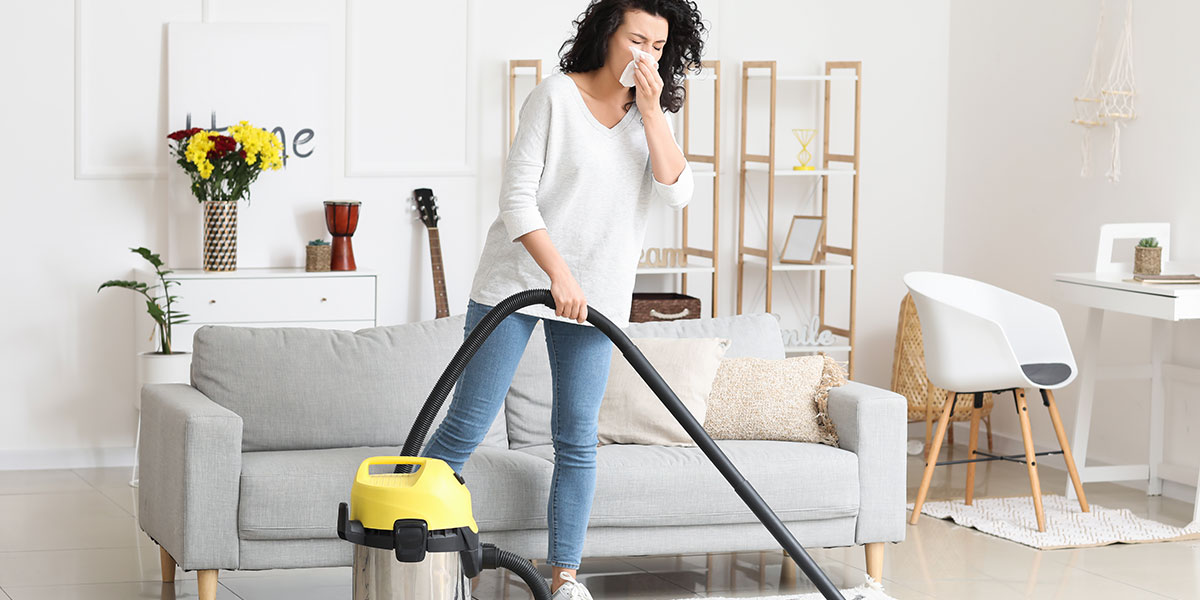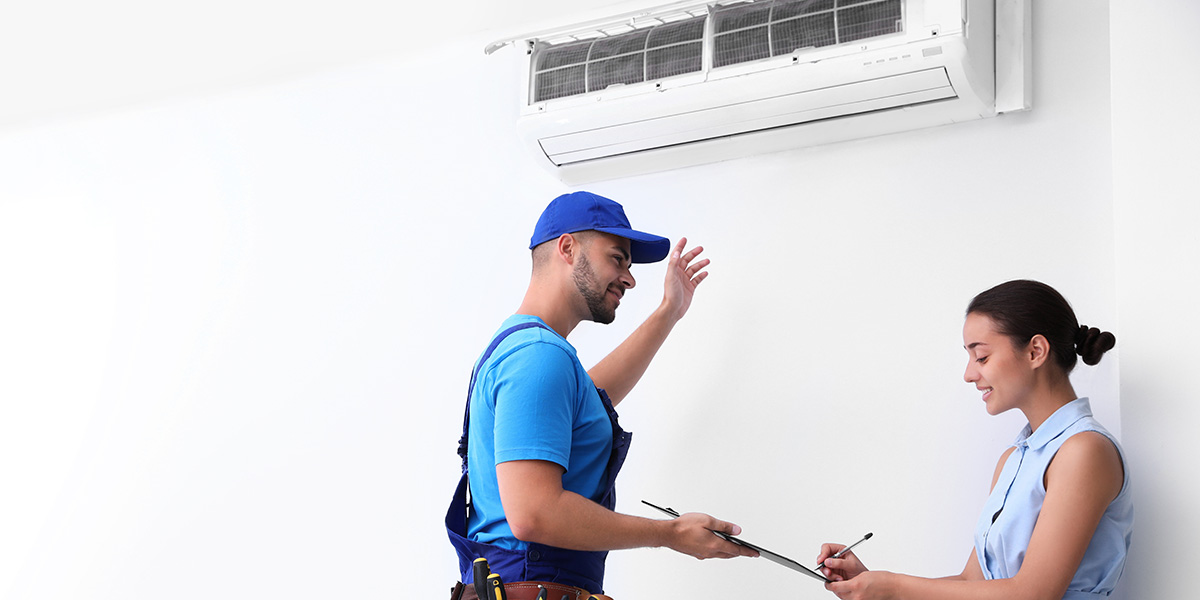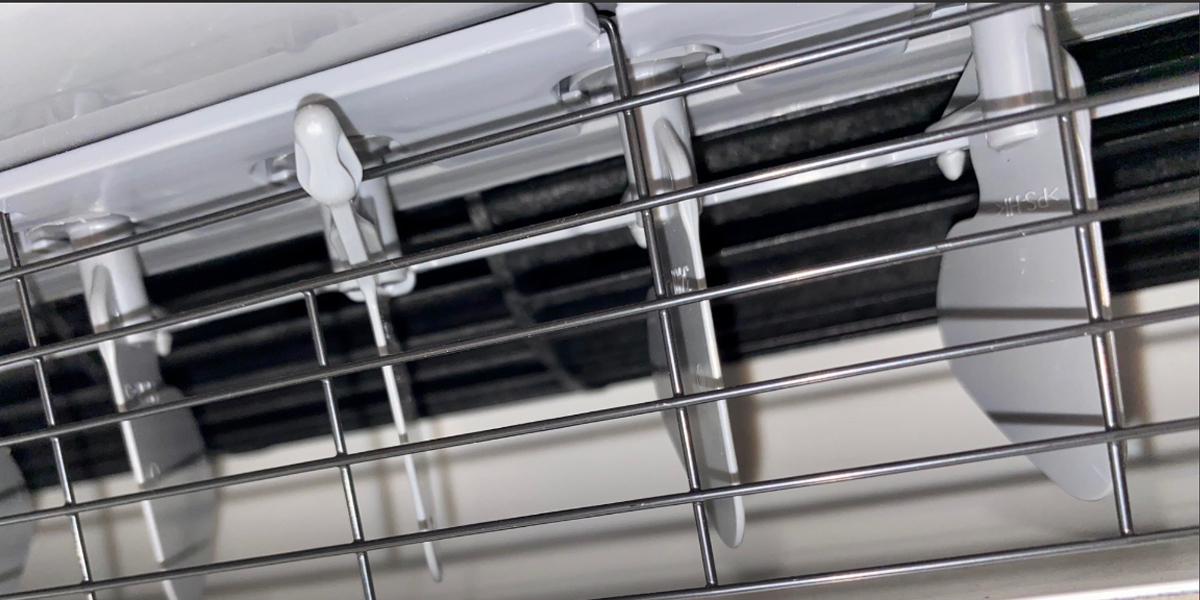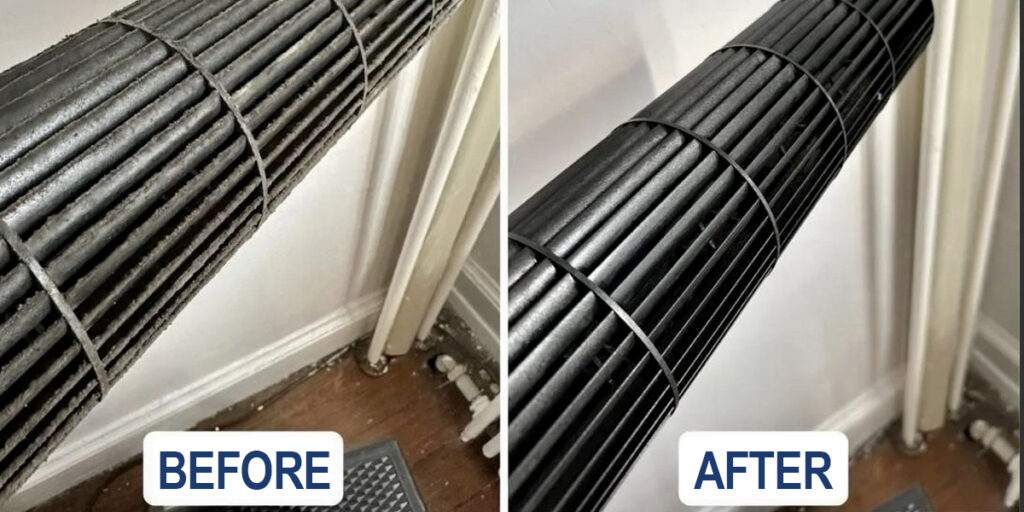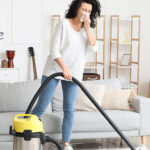Have you noticed an increase in dust accumulating in your home? If so, your HVAC system could be contributing to the problem. While your heating, ventilation, and air conditioning system is designed to improve indoor air quality, issues like dirty filters, leaky ducts, and poor maintenance can lead to excessive dust buildup.
Let’s explore how your HVAC system might be making your home dustier and what you can do to fix it.
Clogged or Dirty Air Filters
One of the most common culprits behind a dusty home is a dirty air filter. Your HVAC filter is designed to trap dust, pollen, and other airborne particles, preventing them from circulating throughout your home. However, when the filter becomes clogged, it can no longer effectively capture these particles, allowing them to spread through the air and settle on surfaces.
Solution: Regularly Replace Your Air Filters
To keep dust at bay, check your air filter every 30-90 days and replace it as needed. If you have pets or allergies, consider using a high-efficiency HEPA filter to trap more fine particles. Contact Alternative HVAC Solutions for questions on air filters.
Leaky Ductwork
Leaky air ducts can pull in dust and debris from attics, basements, or crawl spaces and distribute them throughout your home. Gaps or cracks in your ductwork allow unfiltered air to bypass the HVAC system’s filtration process, leading to increased indoor dust levels.
Solution: Inspect and Seal Your Ducts
If you suspect leaky ducts, contact Alternative HVAC Solutions to professionally inspect and seal them to prevent unwanted particles from entering your home’s air supply.
Poor HVAC Maintenance
Regular HVAC maintenance is essential for keeping your system clean and running efficiently. Dust and dirt can accumulate in your air handler, vents, and other components, which can then be circulated throughout your home.
Solution: Schedule Professional HVAC Maintenance
Have your HVAC system serviced at least once a year by Alternative HVAC Solutions to ensure it remains in peak condition. Routine cleaning of vents and ductwork can significantly reduce dust buildup.
Inadequate Ventilation
If your home lacks proper ventilation, airborne particles have nowhere to go and settle on surfaces instead. Poor airflow can exacerbate dust issues and contribute to indoor air pollution.
Solution: Improve Air Circulation
Using exhaust fans, opening windows when possible, and installing an air purifier can help improve ventilation and reduce dust accumulation.
Old or Outdated HVAC Equipment
An aging HVAC system may not filter air as effectively as a newer, more energy-efficient model. Older systems often struggle to maintain proper airflow and filtration, leading to increased dust levels.
Solution: Upgrade to a Modern HVAC System
If your HVAC system is more than 10-15 years old, consider upgrading to a newer model with advanced filtration and air purification features.
Keep Your Home Clean and Comfortable
If your HVAC system is making your home dustier, addressing these common issues can help improve indoor air quality and create a cleaner living environment. Alternative HVAC Solutions can assist with HVAC inspections, duct sealing, filter replacements, and system upgrades to ensure your home stays dust-free.
Contact us today to schedule a consultation and take the first step toward a cleaner, healthier home!
